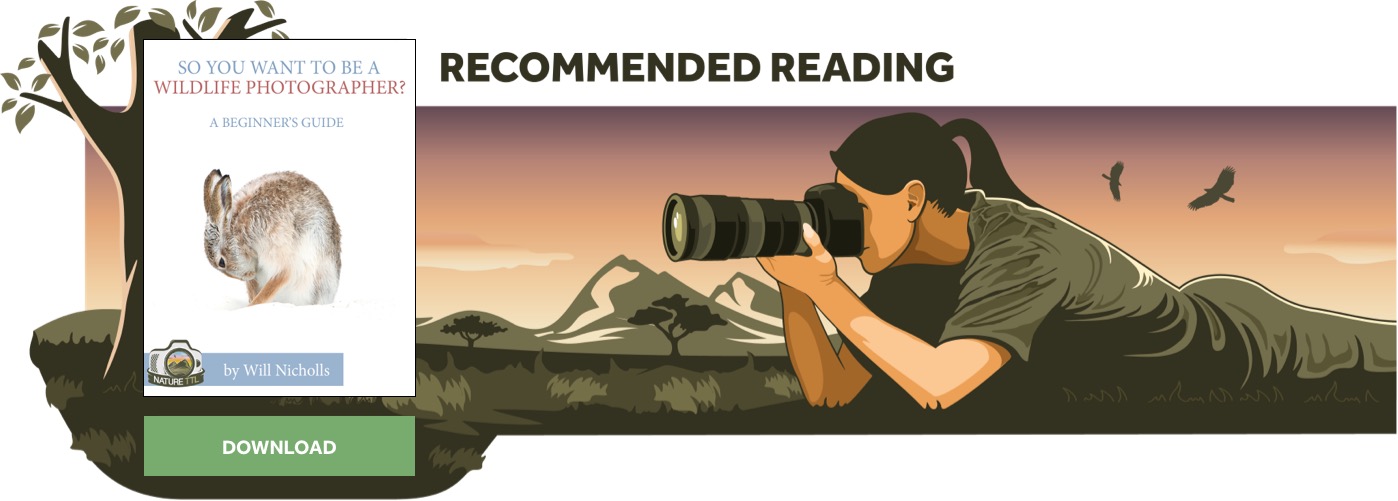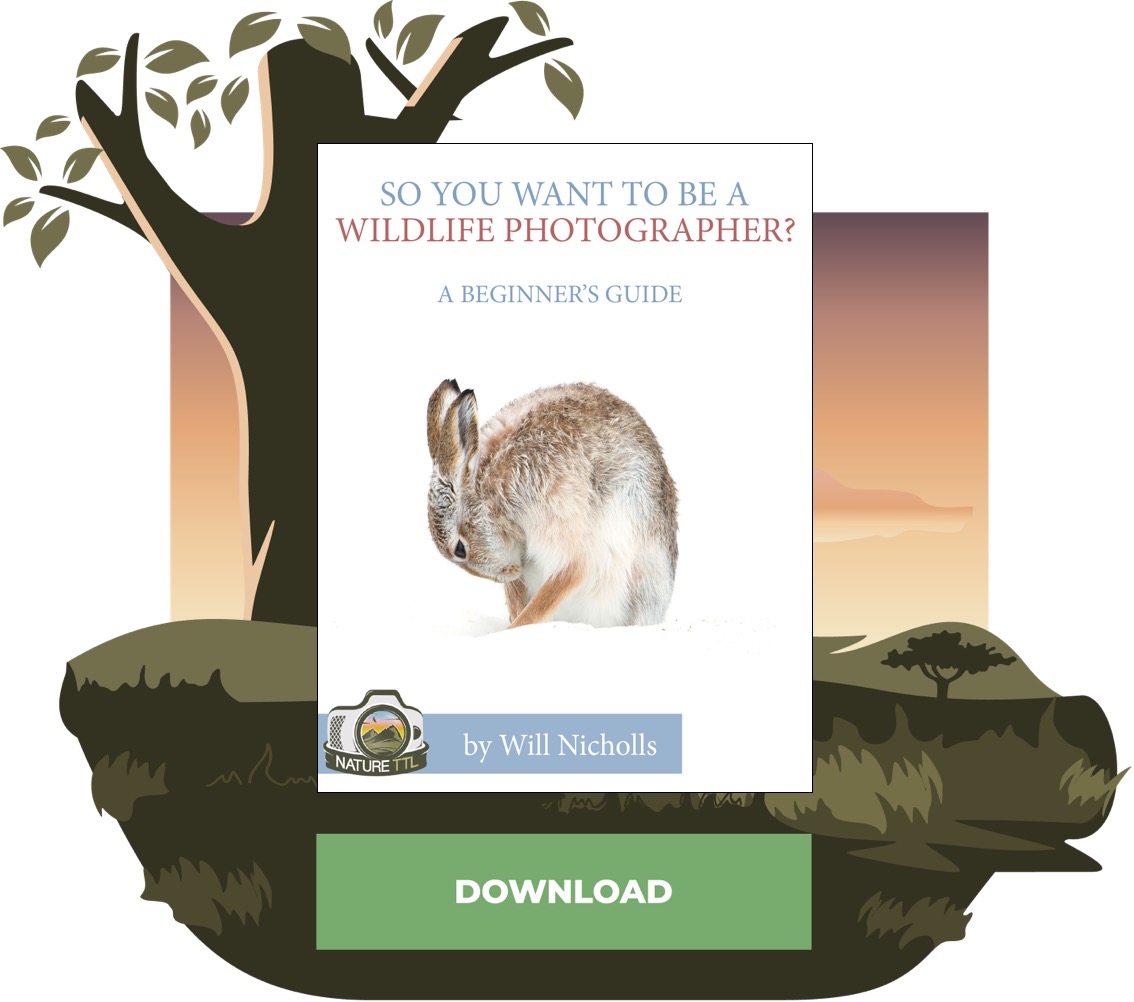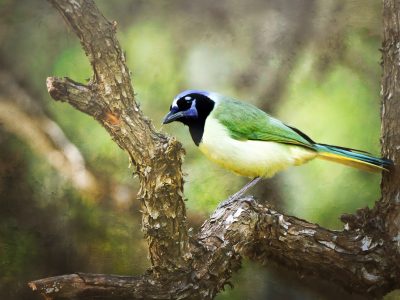7 Best Places for Wildlife Photography in Poland

Poland is one of the best countries in Europe and the world for nature photography. Wildlife in Poland includes 473 species of birds, 15 species of reptiles, 18 species of amphibians, and 115 species of mammals.

There is a great variety of habitats, including mountains, the sea, lakes, ponds, rivers, swamps, forests, meadows, fields, and even inland deserts. The varied weather here also lends itself well to nature photography, because you can photograph in all four seasons.


In this guide, we will look at seven great places for wildlife photography in Poland.
Top Tip: It’s worth knowing in advance that in Poland, every National Park requires a ticket to enter the trails, which can be purchased for most parks online. Factor this into consideration when planning your trip here.
Poland has good public transport, so you can fly to one of the airports and take a train or bus to the rest of the places. I would only consider renting a car to get to Biebrza National Park because public transport can be difficult there.

Because most of the animals are secretive, I would also consider hiring a guide or photo hides. Most species require hide-based photography. In city parks or on well-traveled trails, animals are a bit less skittish and can be photographed on foot.
Top places for wildlife photography in Poland
Here are my top recommendations for wildlife photography locations in Poland.
1. Białowieża National Park
Few nature photographers in Europe have not heard of the Białowieża Forest. It is the last natural forest in the lowlands of Europe, with a truly primaeval sense of character, which centuries ago stretched into the zone of deciduous and mixed forests.
It is characterized by its great biological diversity, and its most infamous character is the bison, which is the largest mammal in Europe. It offers great photography opportunities for these magnificent beasts.

Single bisons can be easily found around the villages of Teremiski and Budy. Larger herds can be found in the fields to the north of the Białowieża National Park.
You can also hope to photograph rare birds here, such as the white-backed woodpecker or the three-toed woodpecker, the pygmy owl, the boreal owl, white-tailed eagles, lesser spotted eagles, or even the rare golden eagle.
There are also many small birds such as bullfinches, collared flycatchers, yellowhammer, chaffinches, and tits. To photograph birds, it is worth going to the Żebra Żubra, Dębowy Grąd, or Wysokie Bagno trails.

Keep an eye out too for wild boars, roe deers, foxes, badgers, and with a bit of luck, you may spot a wolf or even a lynx.
Białowieża National Park can be visited all year round, but my favourite seasons are spring and, above all, winter.
Read more: How to Take Impacting Portraits of Wildlife
2. Biebrza National Park
This is the largest National Park in Poland, and it is worth planning a few days for it. It is characterized by the largest natural complex of low peat bogs in Europe.
It is also a standout bird sanctuary. Out of 56 species considered endangered in Poland, 21 nest in this park, including white-tailed eagle, golden eagle, spotted eagle, short-toed snake eagle, eagle owl, and ducks such as pintail, wigeon, and ferruginous duck.

The park area is of particular importance for birds associated with the aquatic environment. For many of them (e.g., aquatic warbler, sedge warbler, great snipe, common snipe, ruff, black grouse), the park is the most important breeding area in Europe because as the marshes disappear, they lose the basis of their existence.
The park’s rich fauna includes moose, red deer, roe deer, wild boar, wolf, fox, beaver, otter, brown hare, rodents such as dormouse and mouse-eared mouse, shrews, and many species of invertebrates, reptiles, and amphibians.
It is worth taking the Mścichy – Biały Grąd path to admire the birds. In spring, you can see a large number of lapwings, black-tailed godwits, ruffs, herons, storks, and otters there.
Another good spot is the road east of Góra Strękowa. On the Narew River floodplains, you can hope to see and photograph ducks, geese, seagulls, herons, and beavers.
It’s also worth exploring the Długa Luka path. While it is not a very large area, you can see aquatic warbler, snipes, harriers, marsh owls, black grouses, and among the mammals, moose or wolves.

And when driving along the Tsar’s road from Strękowa Góra to Goniądz, it is worth keeping your eyes peeled as you can see and photograph moose sometimes from your car.
The last good place is the area northeast of Dolistowo Stare, where you’ll find Eurasian curlews, black-tailed godwits, ruffs, bluethroats, titmouse, white-tailed godwits, sedge warblers, and buzzards.
Spring is the best time to visit this region. From February, geese and ducks start to migrate, and from early April to late May, we have the migration of ruffs and other waders.
Read more: Bird Photography Tips – Shooting Bird Portraits
3. The area of the Vistula River mouth and Hel
This is one of the best regions in Poland for photographing waders and waders in flight. Hel is often full of rare species not otherwise found in Poland, and in winter, birds from the far north find shelter there.
It is worth visiting the beach east of Hel and the area around the wreck of the ORP GROM II. These places are most often visited by very rare birds. A very good spot is the left and right beach from the mouth of the Vistula (Nad Świbno and Mikoszewo).

In the months of July-September, you can observe waders stopping here during their migration such as sandpipers, and plovers.
In winter, huge flocks of Anseriformes concentrate here (among them the most numerous: long-tailed duck, goldeneye, scaup, goosander) and gulls. In spring, as many as 61 species of birds start breeding here.
On the sandbanks and islets appearing in the extension of the mouth, you can photograph common terns, white-fronted terns, and crested terns nesting on nearby beaches and dunes.

You may also get the chance to photograph grey seals and common seals here. The best time to visit these places is between July and October, March and April, and winter, especially when there are severe frosts.
Read more: 5 Tips for Photographing Wading Birds
4. Barycz Valley
One of the most beautiful river basins in Poland, this region is full of fish ponds created over the centuries, which has turned it into one of the largest bird paradises.

In autumn, the ponds resound with the roars of deer and the clanging of cranes. The largest artificial fishpond complex in Europe attracts white-tailed eagles, marsh harriers, herons, cranes, black storks, seagulls, and numerous species of ducks.
Over 270 species of birds live here. Deer can often be seen wading through the water, which can offer some wonderful wildlife images.
The following places are worth visiting:
- Stary Staw Lookout – here you can observe numerous birds. It’s best visit from mid-September to mid-October. In the evening, Stary Staw becomes one of the largest crane roosting sites in Europe. The sky is filled with over 10,000 birds flocking to the roosting site. Additionally, deer often run around the lake looking for partners.
- Niezgoda I Pond – This is one of the best regions for rutting. Swimming deer are an amazing sight. Here, their calls resound from the water and the surrounding forest. It is a truly atmospheric experience.
- The road to the south of the village of Dyminy – The reed beds to the east are rich in birdlife, but in autumn this is also one of the easiest places to spot swimming deer.
- The causeway between Nowe Grodzisko and Ruda Milicka – ponds in this area are rich in waterfowl.

The best months to visit this place are September-October when cranes gather and rut, but in the spring you can see many breeding species here.
Read more: Choosing the Best Lighting for Wildlife Photos
5. Bieszczady National Park
The Bieszczady Mountains are rich in predatory birds and mammals. The terrain is demanding, as it is heavily overgrown and mountainous. Rare species of mammals to be found here include European bison, brown bear, wolf, wildcat, and lynx.

There is also a large population of deer here, and you can find birds such as lesser spotted eagles, golden eagles, three-toed woodpeckers, white-backed woodpeckers, hawks, ravens, pygmy owls, tawny owls, and Ural owls.
It is worth watching out for the large population of bears and remaining alert and safe at all times.
The San River is a good place to take pictures of otters, herons, bears, deer, and wolves crossing it. The latter often use the river for hunting. They herd the game into the water to slow it down and catch it.
This gives you the opportunity to take spectacular behavioural shots. Make sure you have read up on fieldcraft and photographing predators to ensure you do not disturb any behaviour.
Krywe and its surroundings are good for photographing animals. One of the better trails is the Tarnica trail – from Wołosate. The Bieszczady Mountains are full of abandoned villages, and there are plenty of old orchards which still bear fruit.
This attracts a lot of animals, but as I mentioned, you have to watch out for bears.

It is also worth visiting the Hulskie nature reserve, which is one of the refuges of the lynx, wildcat, wolf, brown bear, as well as golden eagle and spotted eagle.
You can also find many species of reptiles and amphibians here, including the spotted salamander, European adder, slowworm, sand lizard, and Aesculapian snake.
The Bieszczady Mountains are worth visiting all year round. In winter, you will be more likely to find photographic opportunities with wolves, lynx, or birds of prey, but the terrain is very difficult, so you must be prepared in advance.

Top Tip: In the Bieszczady you can use/hire a professional bear hide, which is definitely a safer option.
Read more: Wildlife Photography – Understanding Animal Behaviour for Better Images
6. Tatra National Park
The Tatra National Park is home to many species of wild animals, including the charismatic Tatra chamois and the Tatra marmot. In the park, you can also find deer, bears, lynxes, ermines, otters, wolves, and bats living in the various caves.

The bird world is also rich, including the very rare golden eagle, eagle owl, wallcreeper, peregrine falcon, lesser spotted eagle, red kite, hobby, buzzard, black grouse, capercaillie, hazel grouse, water pipit, wallcreeper, collared thrush, dipper, pygmy owl, three-toed woodpecker, and white-backed woodpecker.

Remember to stick to the mountain trails, as straying from them is severely punished. The terrain is very demanding and you must be in good physical condition. The best time to visit is late spring and autumn when there are fewer people on the trails and the animals are less secretive.
7. The Upper Vistula Valley
This is the region closest to my heart because I live nearby. The Upper Vistula Valley is filled with fish ponds, and around them are stretches of meadows, fields, and forests. A little further south are mountains rich with wildlife.

This region is characterized above all by the abundance of water and marsh animals.
The ponds to the south of the Goczałkowice reservoir are rich in ducks, bearded titmice, sedge warblers, bluethroats, herons, bitterns, little bitterns, common terns, whiskered terns, black terns, grebes, kingfishers, gulls, and night herons.
Among the birds of prey, you can find marsh harriers, honey buzzards, buzzards, white-tailed eagles, and ospreys.
The surrounding meadows and fields are rich in small birds such as stonechats, whinchats, marsh warblers, whitethroats, barred warblers, yellowhammers, cuckoos, shrikes, great grey shrikes, kestrels, and buzzards.

In the surrounding forests, we have every species of woodpecker found in Europe, as well as tits, nuthatches, bullfinches, hawfinches, and chaffinches. In the nearby mountains, you can see pygmy owls, boreal owls, tawny owls, Ural owls, eagle owls, golden eagles, honey buzzards, capercaillies, crossbills, three-toed woodpeckers, and white-backed woodpeckers.
The region is also rich in mammals such as roe deer, red deer, fallow deer, wild boars, foxes, badgers, otters, nutrias, muskrats, and beavers.
There is something to do here all year round, but the greatest concentration of birds is in the March-May period when nature comes to life after winter. It is best to check the area on the website ‘eBird’ to see what species are on offer.

It is worth going to the ponds to the south of the Goczałkowice reservoir. The complexes of ponds include Landek, Iłownica, Zaborze, Ochaby Małe, and Dębowiec. Another good place is the complex of ponds Stawy Monowskie, Przeręb, and Spytkowice located further east.
As for the mountains located to the south, the best trails are:
- Korbielów – Pilsko
- Przełęcz Krowiarki – PTTK Shelter Markowe Szczawiny and the peak of Babia Góra
- The trail between the Błatnia and Klimczok mountains
- The Ustroń – Mała Czantoria – Wielka Czantoria trail
In conclusion
Poland offers many opportunities for wildlife photographers. It has a wonderful diversity of terrain, which is reflected in the richness of flora and fauna. The animals here are quite skittish, so you definitely have to be patient, but the chance to photograph rare species makes it well worth the wait!

Regardless of where you want to go within the country, it is worth familiarising yourself with the local trails, laws, and species that interest you. Some regions are rich in wildlife only in certain months and in favourable weather, so do your research in advance.
I encourage you to visit Poland, and I hope that the above-mentioned guide will help you get the shots of your dreams. Stay in touch via social media to let me know what places you visit in Poland, how you like them, and what you manage to photograph there!





